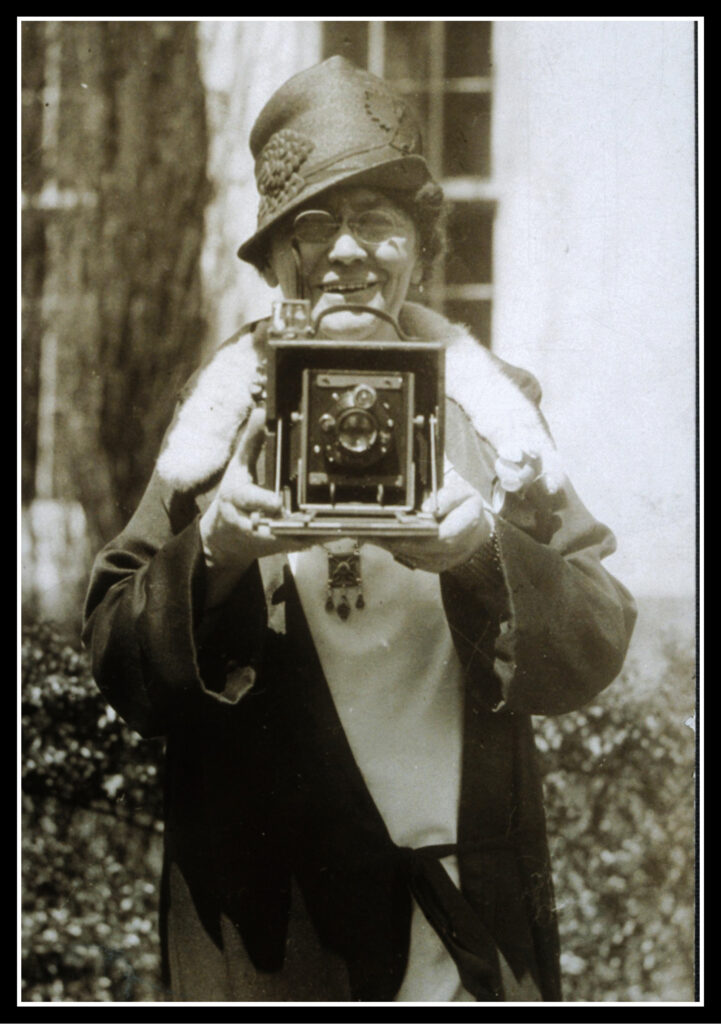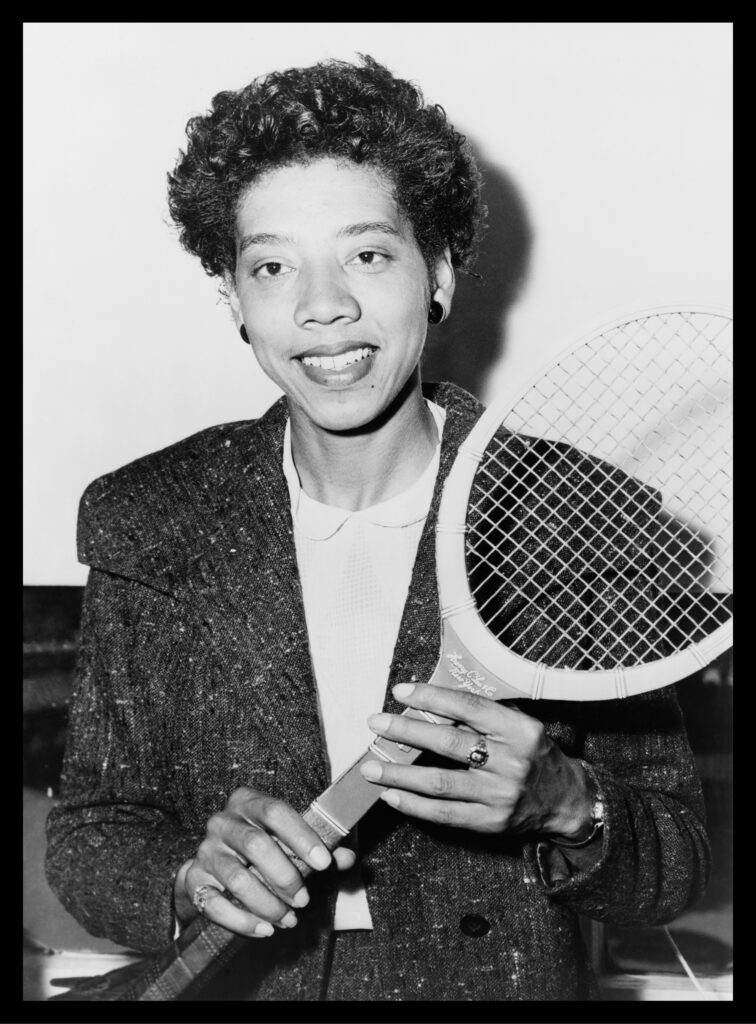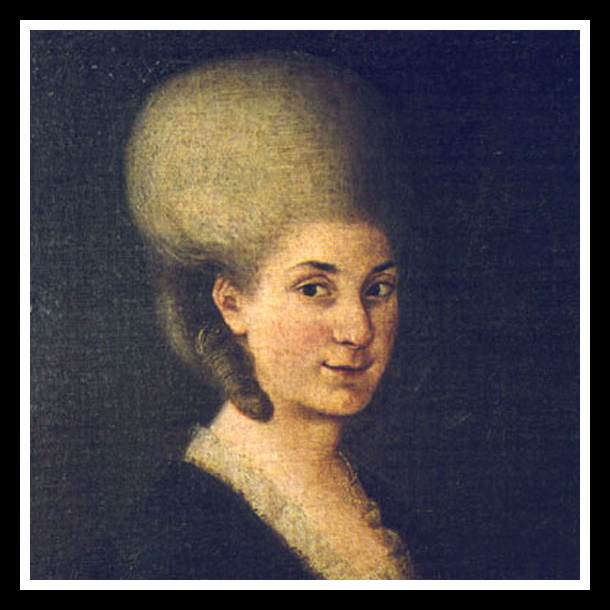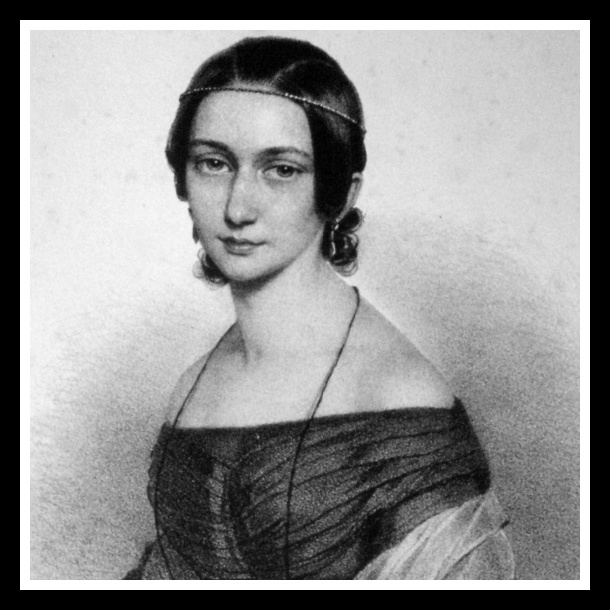Episode 246: Althea Gibson, Part Two
When we left Althea in part one, she was 24 and after years of training, practice, competition, and a village of supporters working with her and behind the scenes, she was finally invited to the American Lawn Tennis Association Championship at Forest Hills Tennis Stadium in New York in 1950! Getting to this national tournament wasn’t easy, but few things in Althea’s life are.
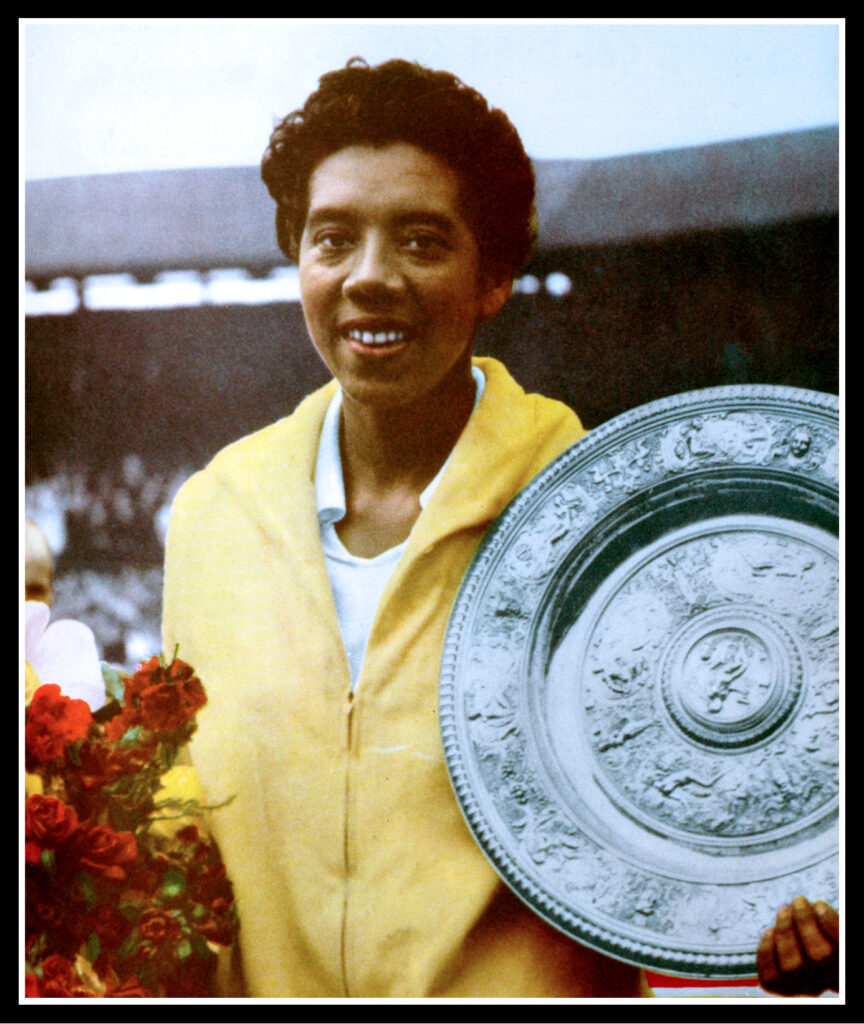
It wasn’t easy to get to Forest Hills, or through college, or onto a short-lived career as a college physical education teacher…it wasn’t even easy to get her application through to become a WAC, a member of the military Women’s Army Corps, a position that never fully panned out for Althea. She was floundering in her life and ready to give up tennis when she was tapped by the US State Department for a Goodwill Tour to Asia, along with three other tennis players.
This travel led Althea to travel on her own throughout Europe to play in tournaments, improve her game, and play with the best competition in the world! Soon she became that competition for others, winning her first major tournament in France then on to the oldest in the world: Wimbledon. She cracked through racial barriers, gender barriers, and economic barriers to win scores of tournaments including 11 “Grand Slam” tournaments: five singles titles, five doubles titles, and one mixed doubles title.
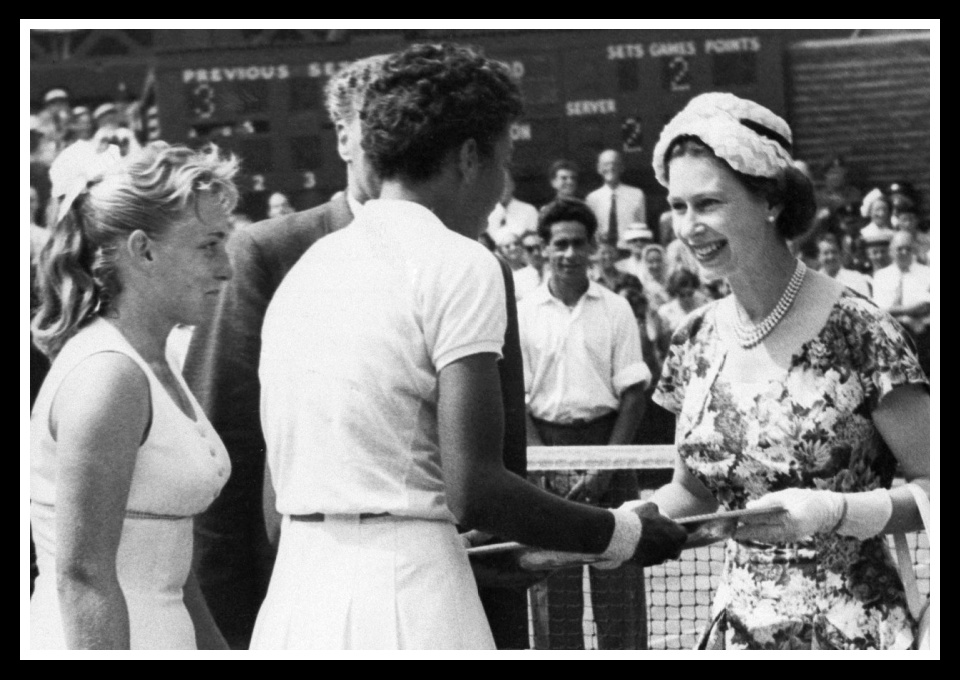

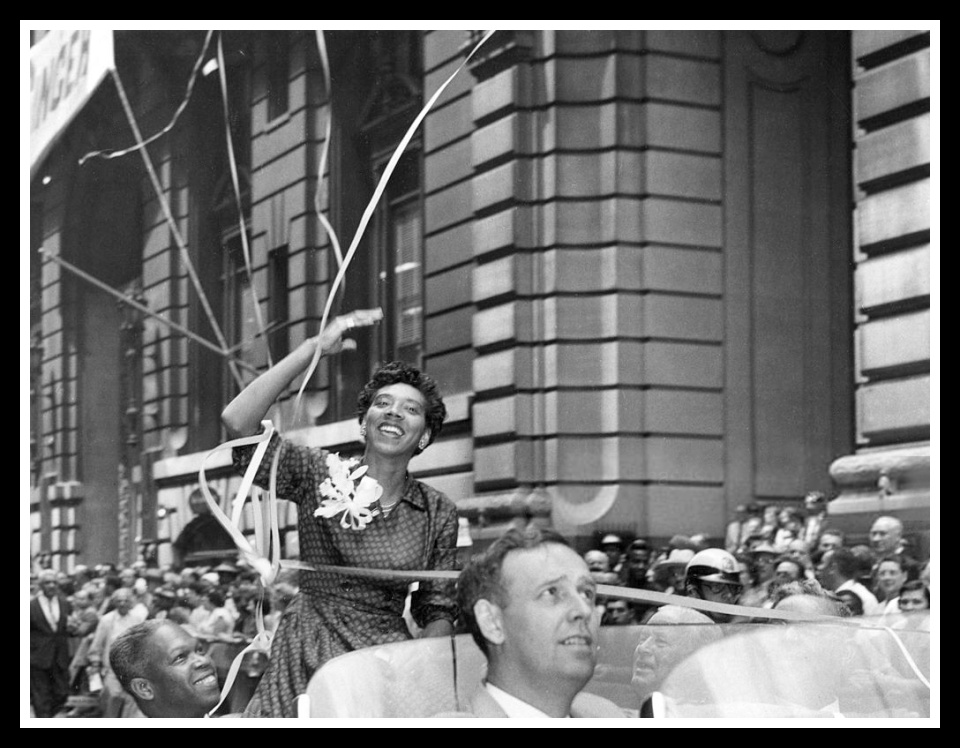
But competitive tennis in the 1950s was for amateurs only, and Althea couldn’t support herself playing the game she loved by competition, so she retired in 1958 and crafted an interesting life recording an album, appearing twice on the Ed Sullivan Show, writing an autobiography, acting, and modeling for ads until she landed a five-year run touring with the Harlem Globetrotters to play exhibition games. When that ended, she began to hit a different type of ball when she toured with the Ladies Pro Golfer Association (LPGA.)
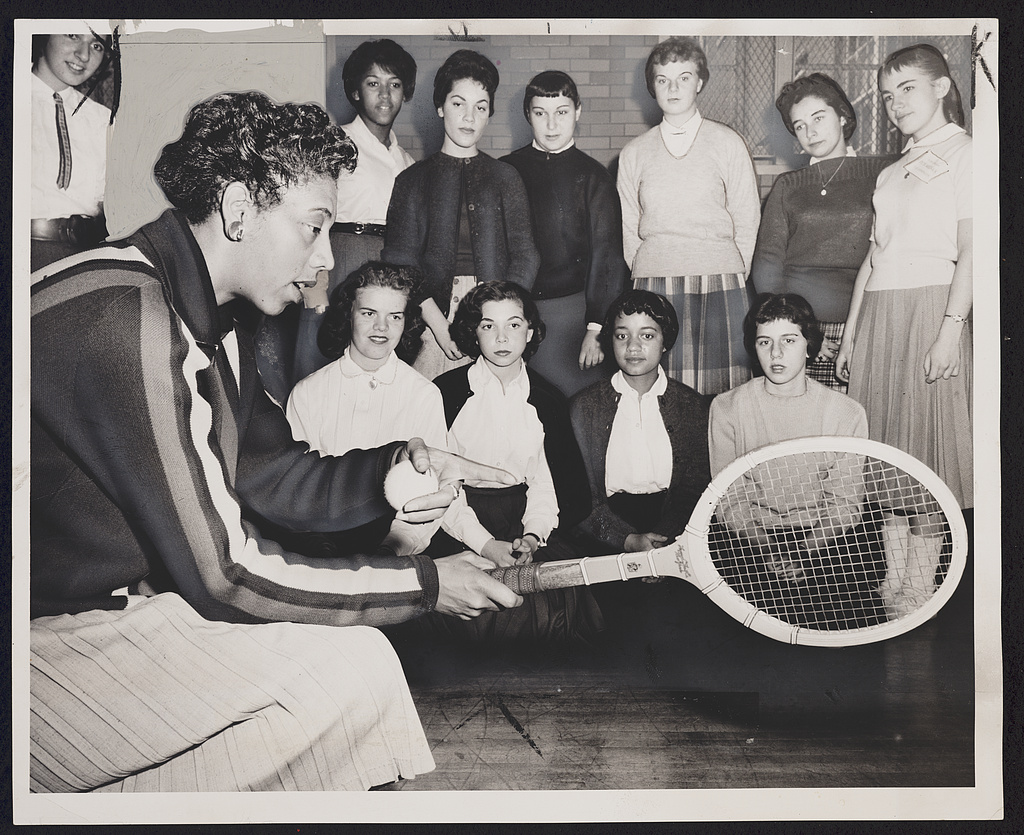
The remainder of her life was full of struggles and successes…just like the years that came before. Althea Gibson died on September 28, 2003, she was 76 years old.
Time Travel With The History Chicks
Books!
Biographies we liked:


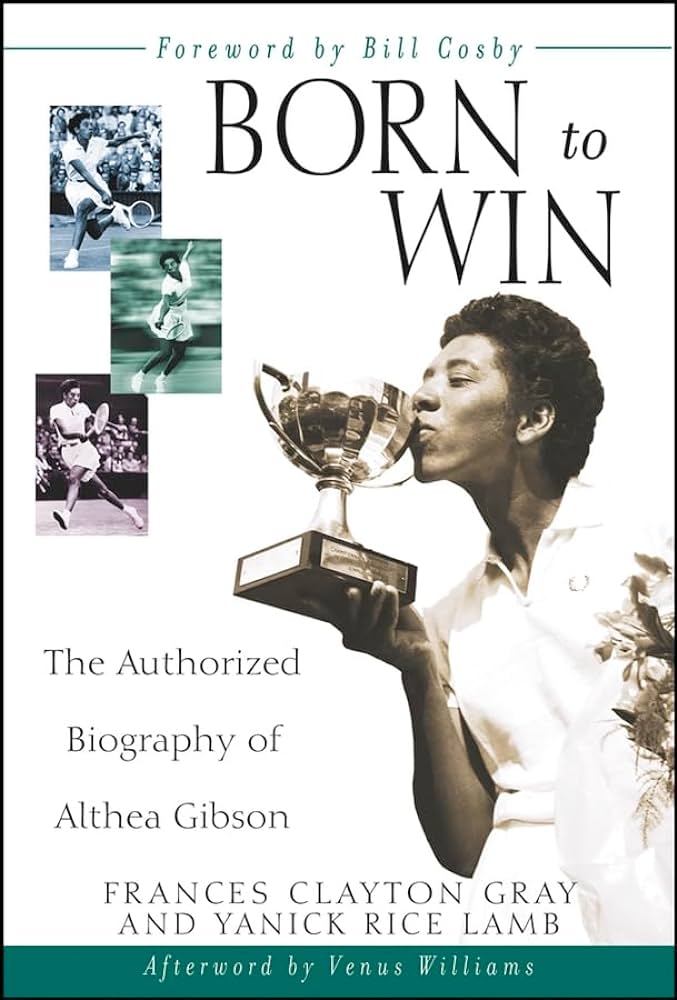
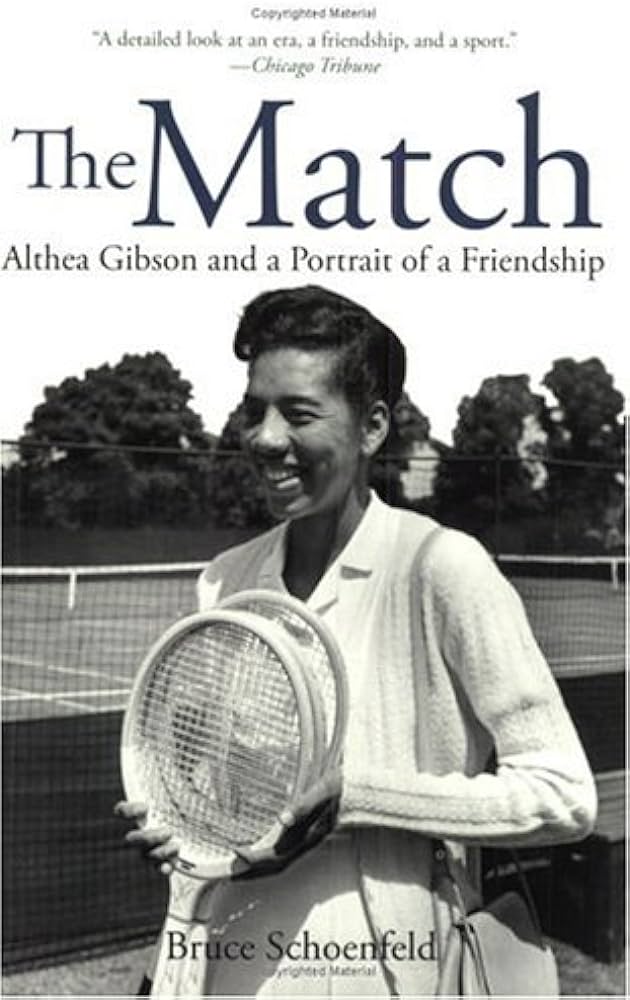
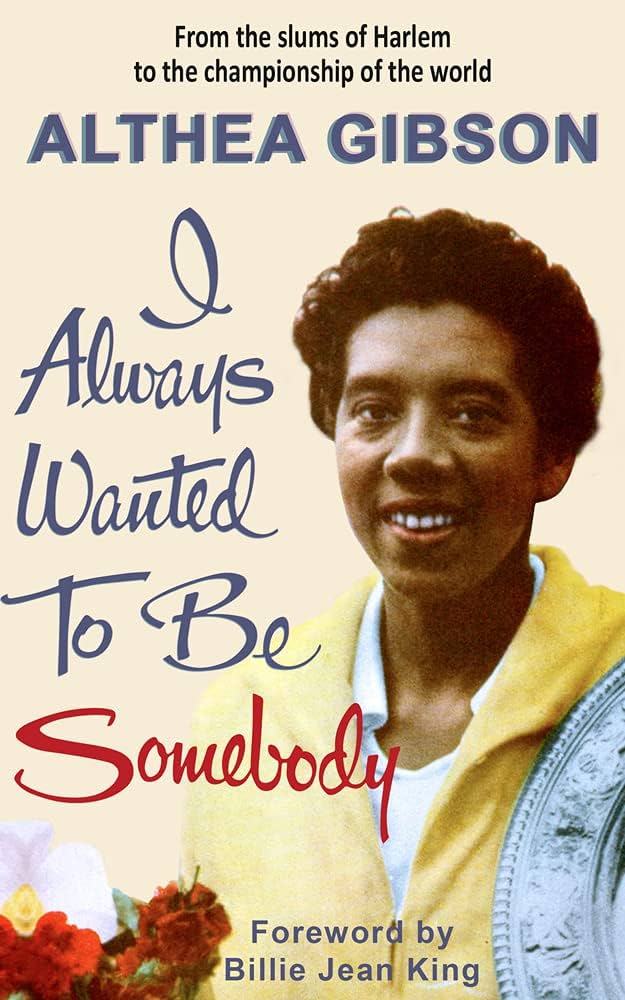

Kid books we liked:
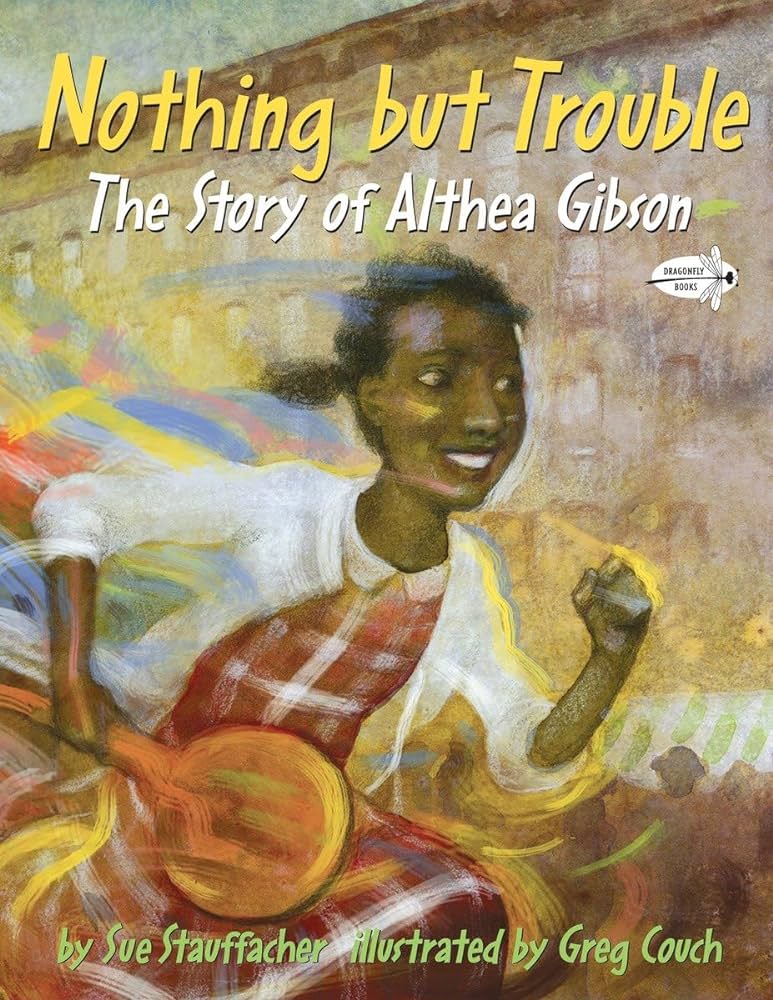

Web!
We have a Pinterest board for every subject, it’s a glorious place to dive into some rabbit Holes! Here is Althea’s!
Alice Marble was an important figure in Althea’s story… but she was also one for Wonder Woman’s (and all women of history!)
Lady Boxing has a long history, here’s a place to start your tumble down this rabbit hole!
Rudyard Kipling’s poem, If, two lines of which are over the entrance to Centre Court at Wimbledon.
The history of “play streets” like the ones Althea learned paddle tennis on, how to visit Wimbledon
Smithsonian National Museum of African American History and Culture online exhibit about Althea, and she’s represented at the International Tennis Hall of Fame in Newport, Rhode Island (to access the museum’s Metaverse, go to the VISIT page and scroll down.)
Resilient Grace is an online retailer with a mission of telling the stories of historic, African American women (Susan has a few of her shirts including the Shirley Chisholm one that she wears when she votes!)

Moving Pictures
If Serena Williams can’t explain it so anyone can understand it, you expect us to? Here’s an article on how to score tennis. Godspeed.
There are a couple documentaries out there, Althea is on Peacock, and there is an American Masters, PBS one available on AppleTV+ and Prime (and maybe other services, that’s the two we watched.)
Quick links to our coverage of two previous subjects mentioned in Althea’s story: Babe Didrikson Zaherias and Fannie Lou Hamer
Our 2024 Field Trips to Austria and Paris are both sold out, and there are just a few spaces for our New York trip in September. There, we will also have a Locals’ Meet-up Dinner Cruise that’s open for reservations now. If you’re interested in any of these, please see Like Minds Travel for information and to sign up!
Break Music: Slow Cookin’ by Joe Smith and the Spicy Pickles; End Song: Play the Game by Lilly Wolf used by permission from iLicense Music.

